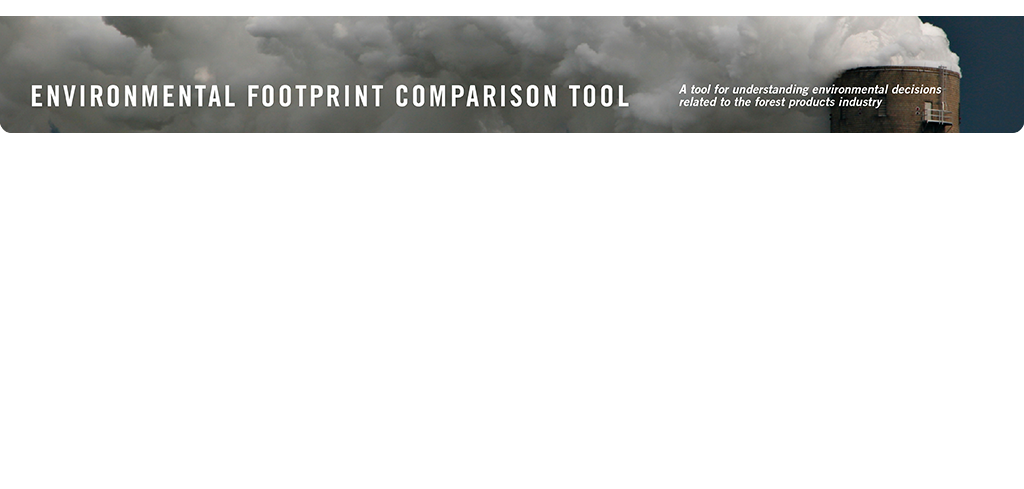
Emissions of sulfur oxides (SOx) and nitrogen oxides (NOx) are dependent upon the fuel(s) burned, by
virtue of their chemical composition and combustion properties. For example, fuels that are higher in
sulfur content have a potential for greater uncontrolled SOx emissions. The alkaline nature of wood ash
reduces SOx emissions.
SOx control is approached principally through post-combustion flue gas treatments. The treatments have
attributes, limitations, and trade-offs � dependent, in part, upon the configuration of the source to which
they are applied.
Resources are also required to manufacture and operate emission control systems. Therefore, there are
potential trade-offs accompanying the benefits of SOx emission controls, outside the bounds of the
combustion sources where they are applied.
Follow the links to the right for more information.

More information:
Technology options
Power boiler SOx
Recovery furnace SOx
Lime kiln SOx
TRS incineration SOx
Beyond the source
